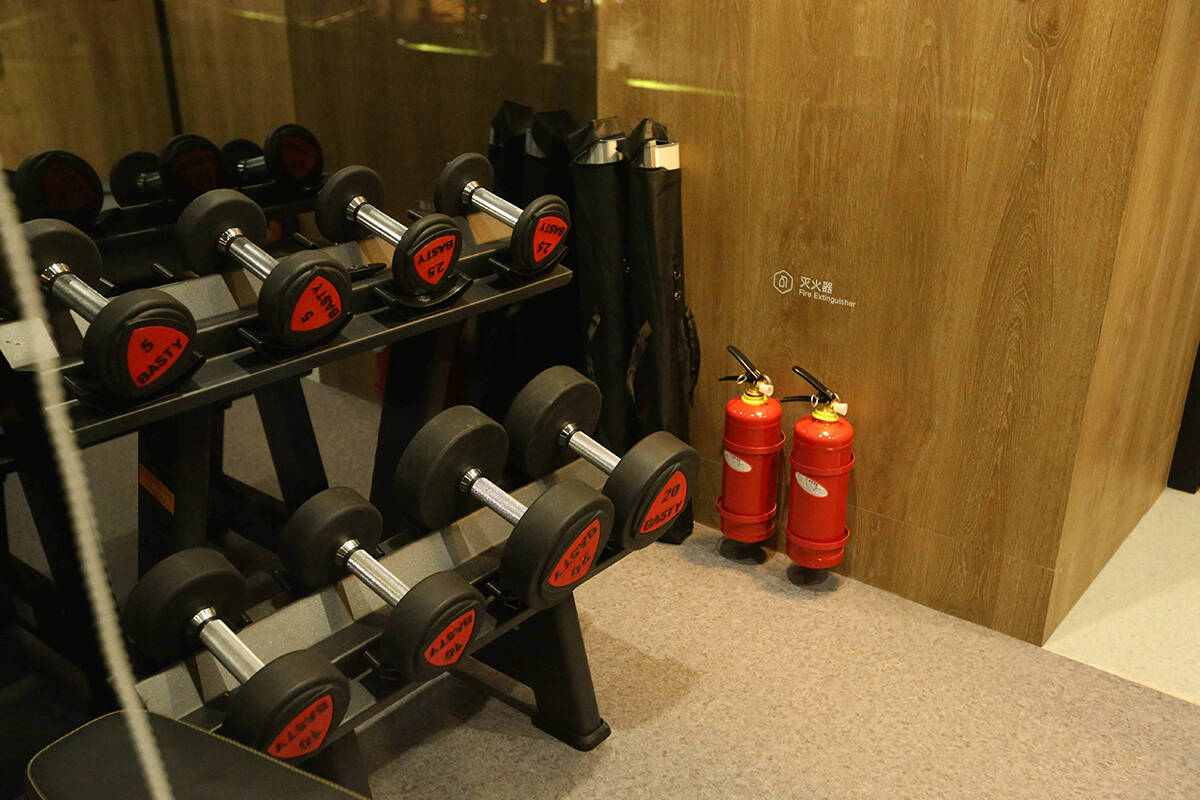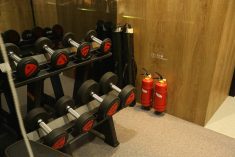Q: My 41-year-old stepson has been in hospital for the last two weeks after his right lung collapsed from pneumothorax. He had to have surgery and nearly died.
We want to know how he got this, as he only did a small amount of physical work on his car the day before this happened. I thought it took a serious blow to the chest wall for the lung to collapse like this.
A: I believe your stepson suffered from something known as spontaneous pneumothorax. This happens when a collection of air in the chest puts pressure on a lung, causing it to collapse without there being any previous trauma to the area. It may occur when the person is at rest and not performing any type of physical activity.
Read Also

Well-being improvement can pay off for farms
Investing in wellness programs in a tight labour market can help farms recruit and retain employees
The other type of pneumothorax is usually the result of a severe blow or penetrating injury to the chest wall that allows air to escape and puts outside pressure on the lungs, causing one or both to collapse.
Spontaneous pneumothorax is not common, affecting fewer than 900 Canadians a year. It is seven times more likely to occur in males than females. Tall thin men in their 20s to 40s are affected most often. Male smokers have 22 times the rate of non-smokers.
For some reason this condition is most prevalent during the fall or winter, perhaps due to colds and coughing. Symptoms include a sudden onset of pain in the chest that may vary from dull to stabbing and is made worse by deep breathing or coughing. There is a distinct absence of the normal rib movement that occurs when breathing. The respiration rate is rapid. This condition is easily diagnosed with a chest X-ray.
Secondary spontaneous pneumothorax may occur during the course of a known lung disease, such as chronic obstructive pulmonary disease, pneumonia, tuberculosis, asthma, lung cancer or cystic fibrosis.
The object of treatment is to remove air from the space between the rib cage and the lungs. This allows the lung to expand back to its normal size. Air is drawn through a catheter inserted through the chest wall into a vacuum bottle.
There was a dramatic case reported a few years ago involving a passenger who developed pneumothorax during an airplane journey. A quick thinking young doctor improvised a catheter using the tube part of a ballpoint pen and a pop can that acted as the vacuum bottle.
Surgery may have been performed on your stepson if he has suffered more than one episode of spontaneous pneumothorax. Recurrence is high, at 20 percent within six months and up to 50 percent in two years. People with this condition should avoid high altitudes, scuba diving or flying in unpressurized aircraft.
Clare Rowson is a medical doctor with a practice near Belleville, Ont. Her columns are intended for general information only. Individuals are encouraged to also seek the advice of their own doctor regarding medical questions and treatments.
















